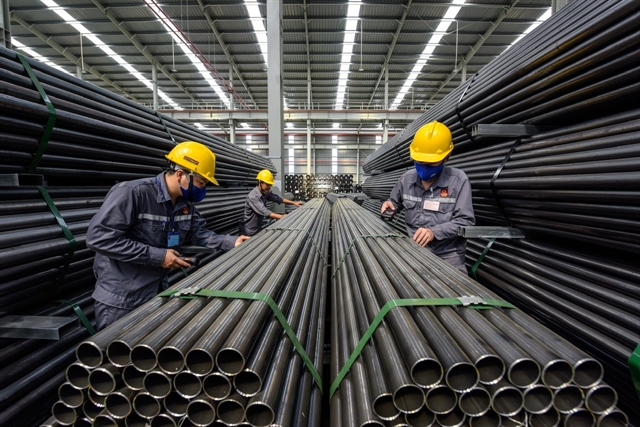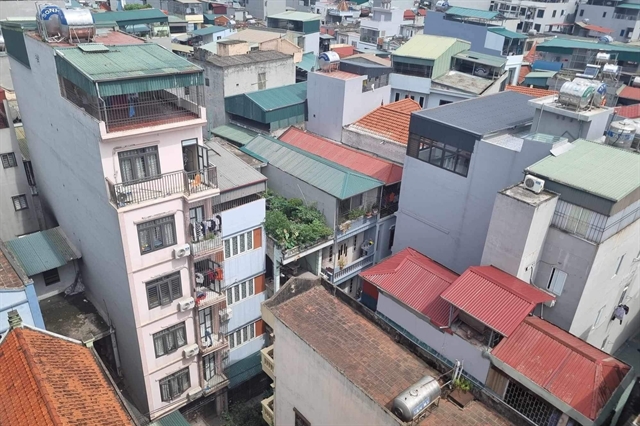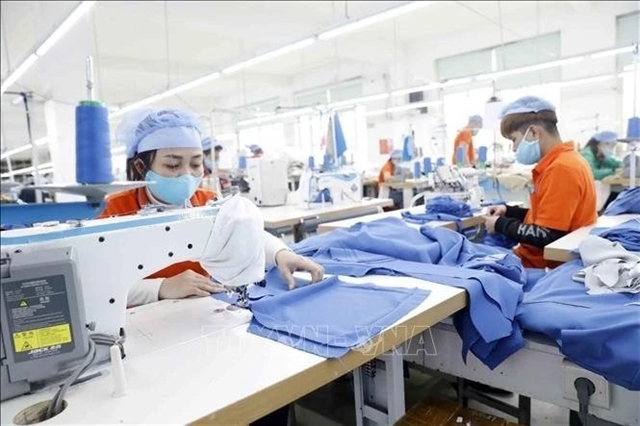 Economy
Economy

 |
| Garments are manufactured for export at Hưng Việt Garment JSC in Hưng Yên Province. — VNA/VNS Photo |
HÀ NỘI — Việt Nam earned nearly US$103 billion in export revenue in the first quarter of the year, an increase of 10.6 per cent year-on-year.
However, exports are now facing mounting challenges, particularly after the US announced the 'reciprocal tariff' of up to 46 per cent on specified Vietnamese goods.
At the cabinet meeting in March, Prime Minister Phạm Minh Chính stressed the need for both comprehensive strategies and targeted solutions to sustain export growth, restructure the economy, and diversify markets.
According to the Ministry of Industry and Trade, the total import-export turnover in the first quarter reached an estimated $202.5 billion, up 13.7 per cent from the same period last year.
Exports were valued at $102.8 billion, while imports increased 17 per cent to $99.68 billion, signalling rising demand for production inputs. The trade surplus stood at $3.2 billion.
Experts warned that the second quarter may see slower export growth due to the fresh levy of US tariffs, which will reduce the competitiveness of Vietnamese goods, especially in key sectors like electronics, machinery, textiles, and footwear.
The US currently accounts for 30 per cent of Việt Nam's total exports.
Deputy Minister of Industry and Trade Trương Thanh Hoài emphasised the wide-ranging impact of these tariffs on Việt Nam's economy, foreign direct investment, employment, and industrial sectors.
He urged exporters to shift to online platforms, expand into new markets, and fully leverage the country’s 17 free trade agreements.
Authorities are encouraging the exploration of emerging markets such as the Middle East, Africa, and Northeast Asia to reduce over-reliance on the US, he added. The ministry also plans to strengthen trade promotion and improve compliance with international standards.
Industry leaders, including from Vinatex and TNG, are adjusting strategies to mitigate risks by diversifying export destinations and balancing market shares. Meanwhile, exporters are advised to monitor global trade policies, improve product standards, and strengthen trade defense capacities.
Hoài stressed that the Ministry of Industry and Trade will continue to support Vietnamese businesses in navigating international trade shifts and expanding to potential markets. — VNS




